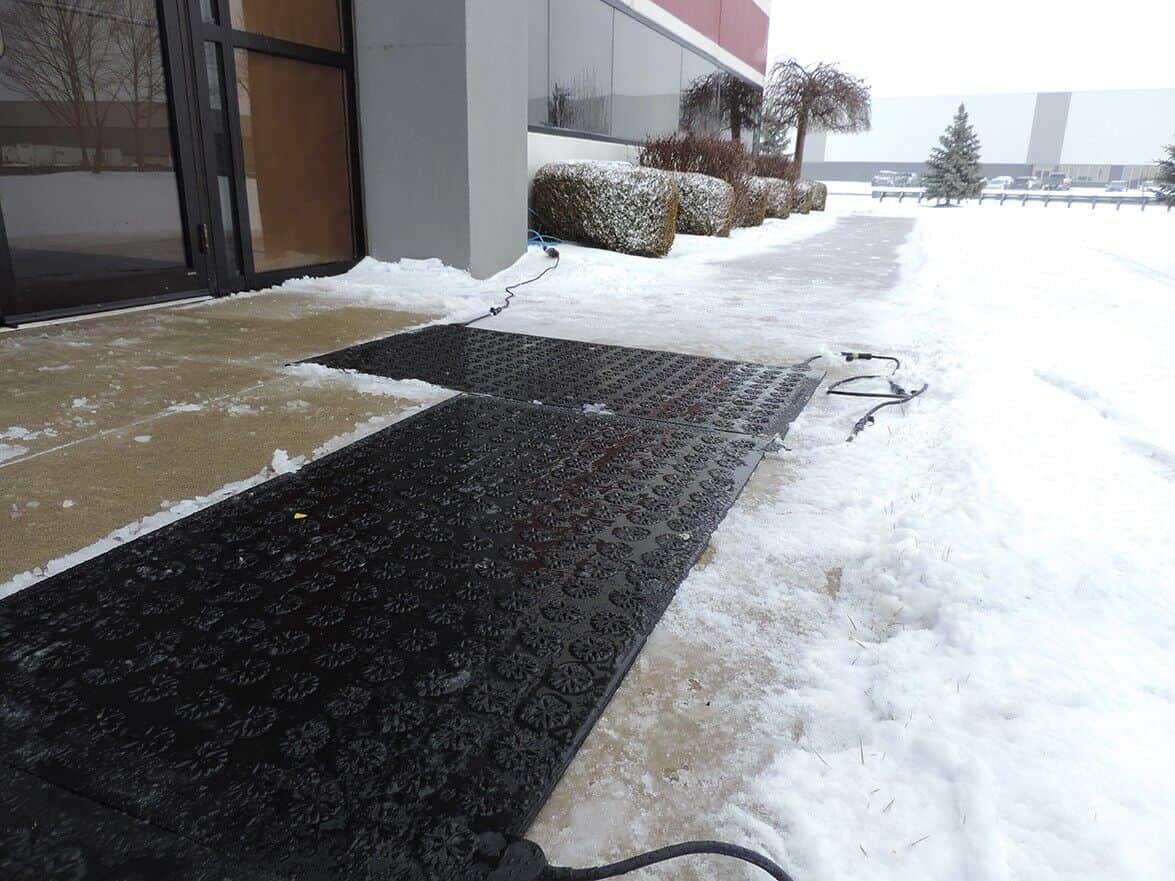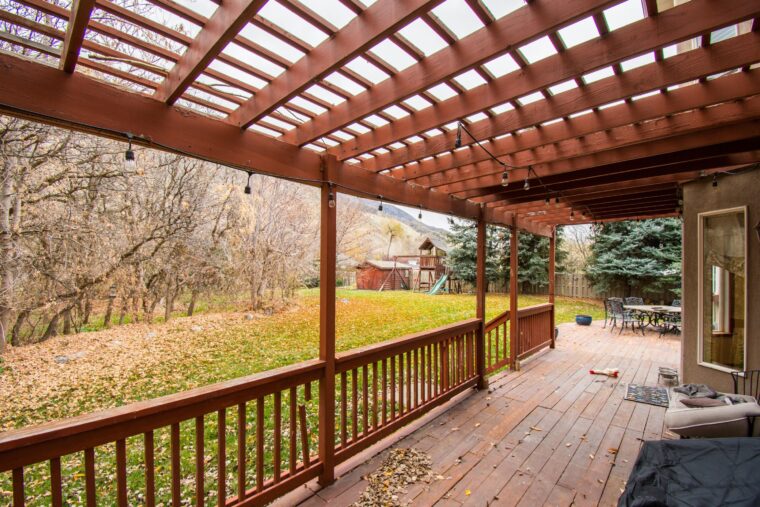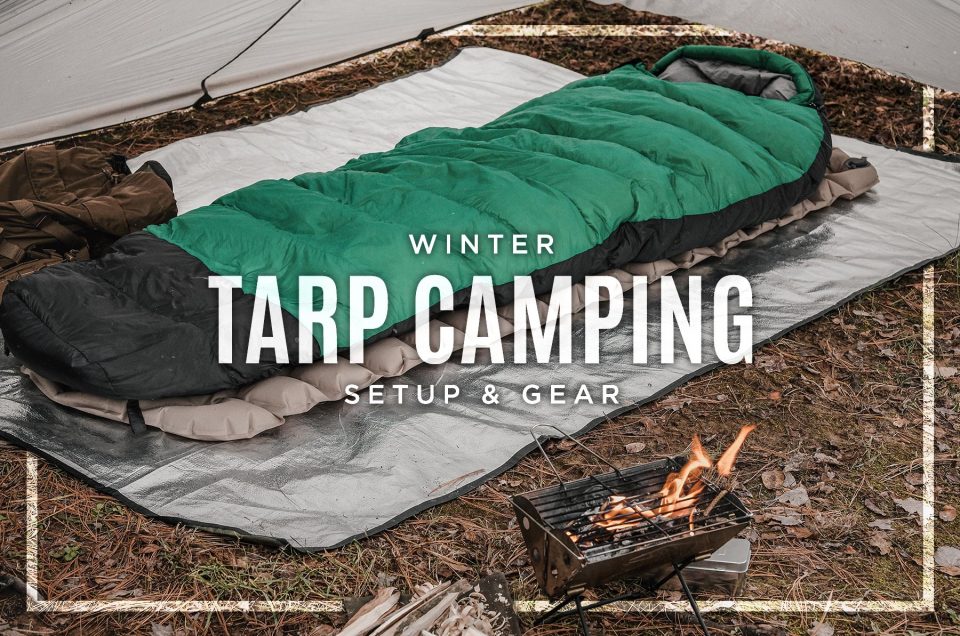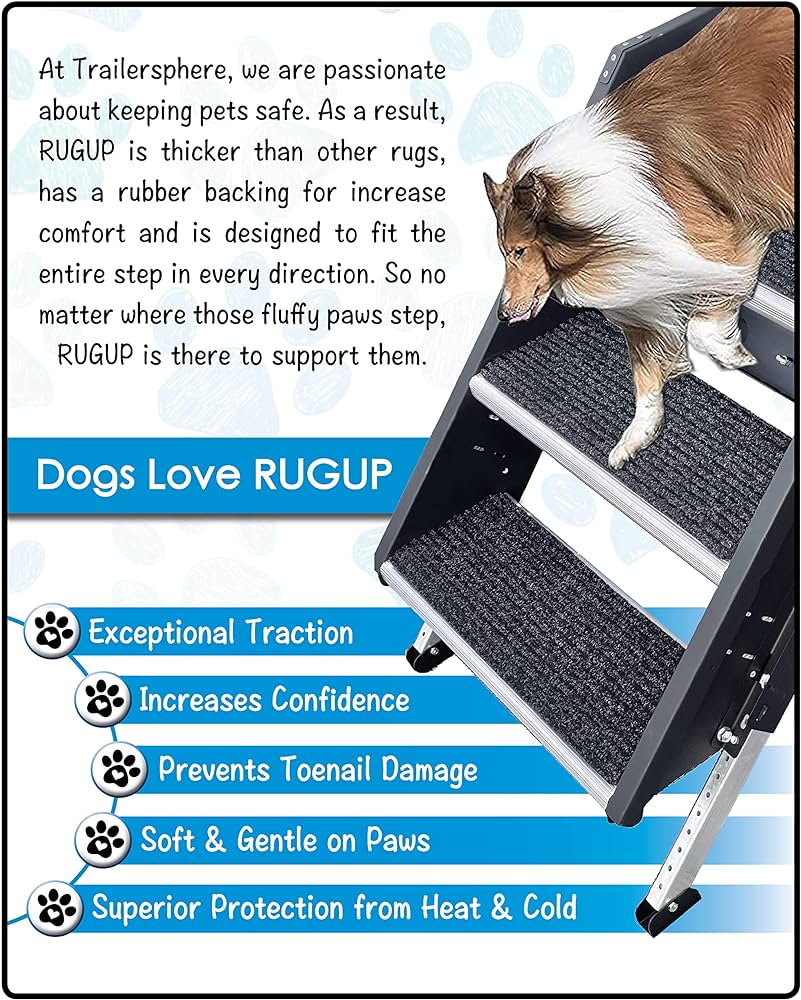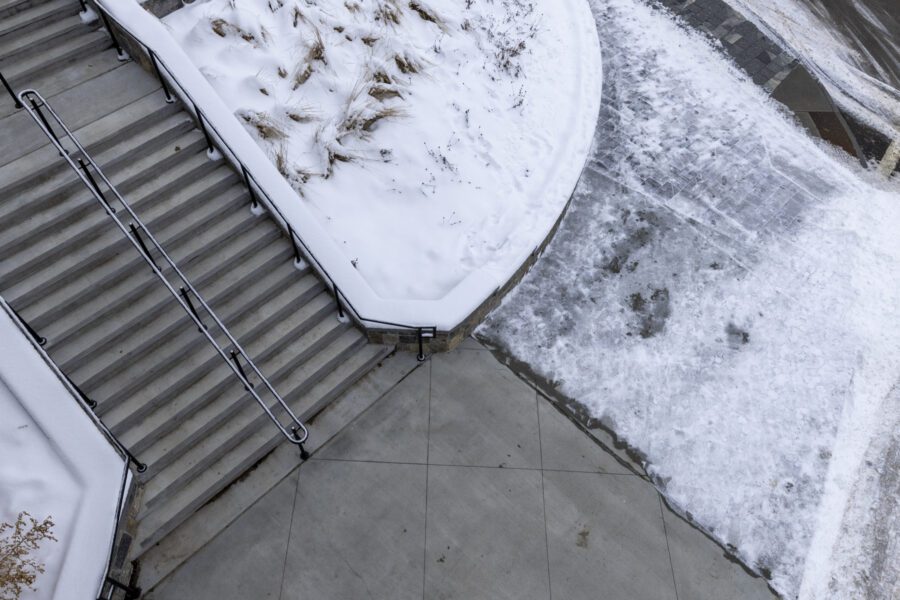Heated Outdoor Mats for Walkways: How to Ensure Safety and Comfort in Wintertime
- HeatTrak Snow & Ice Melting Mats are portable heated sidewalk mats that melt snow and ice to provide slip-free surfaces in the winter.
- Installing a radiant snow melting system for sidewalks and walkways is relatively easy and can be done partially by the homeowner.
- However, a qualified electrician must wire the system to keep the warranty valid.
- The heating cable is laid out over the area to be heated, either on a concrete sidewalk or embedded in paver sand or mortar for paver walkways.
- The cable should be properly spaced, with no overlapping or less than 3-inch spacing.
- The cable should be secured to the remesh or rebar using zip ties.
- Pre-sleeves should be installed for handrails to avoid drilling after the concrete pour.
- Mesh-Up support chairs should be used to elevate the remesh and heat cable off the ground.
- Care should be taken to avoid damaging the cable with shovels during concrete pouring.

